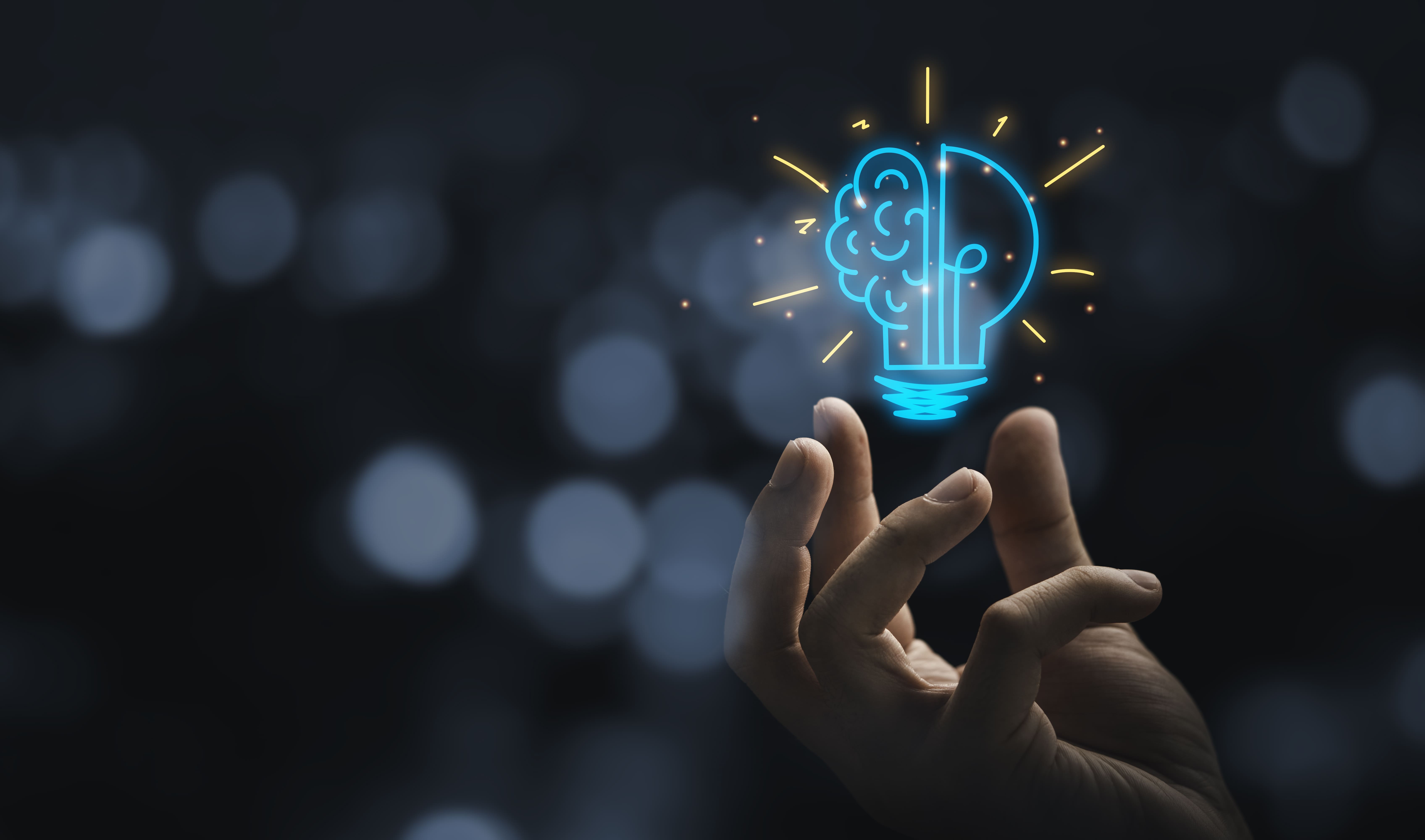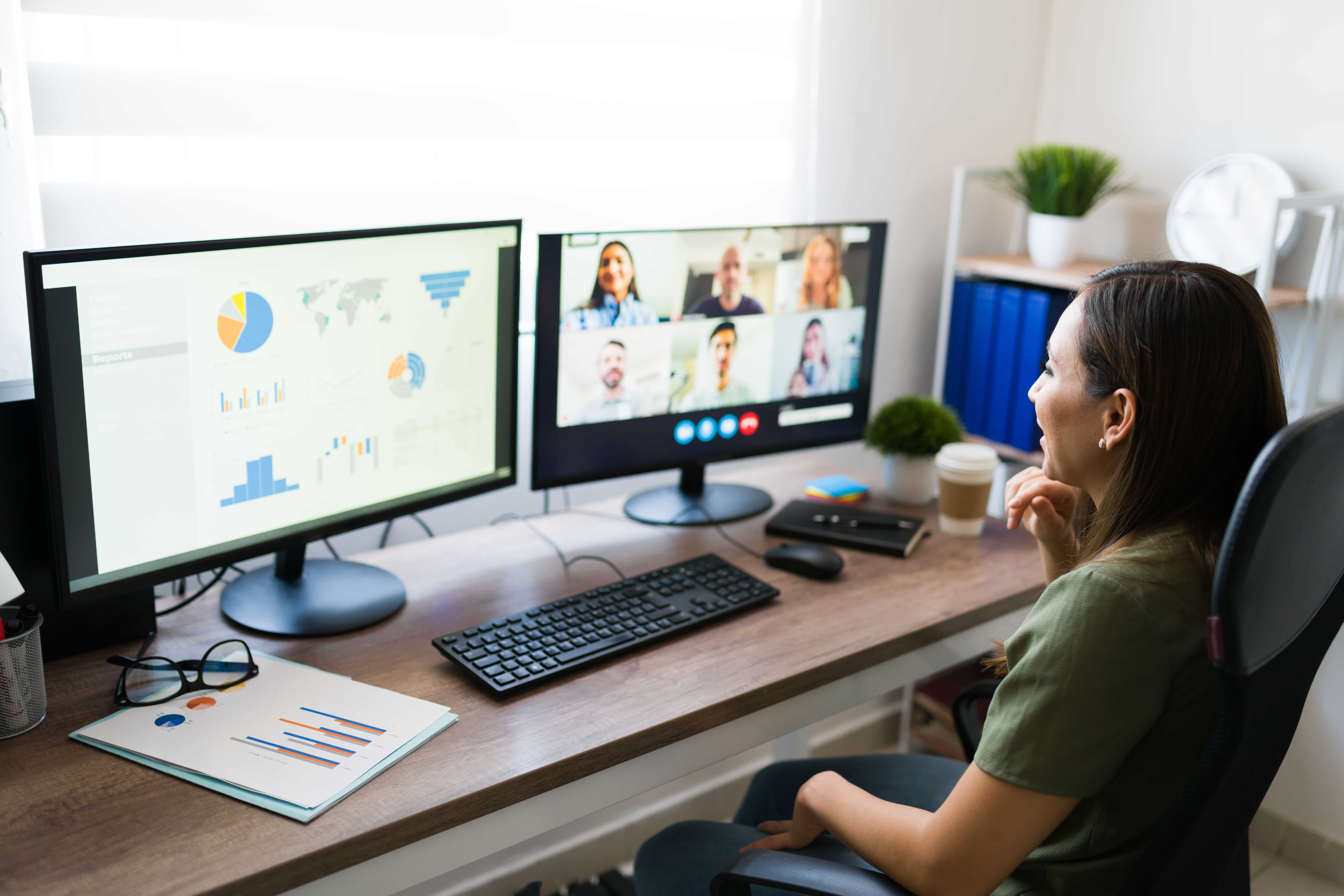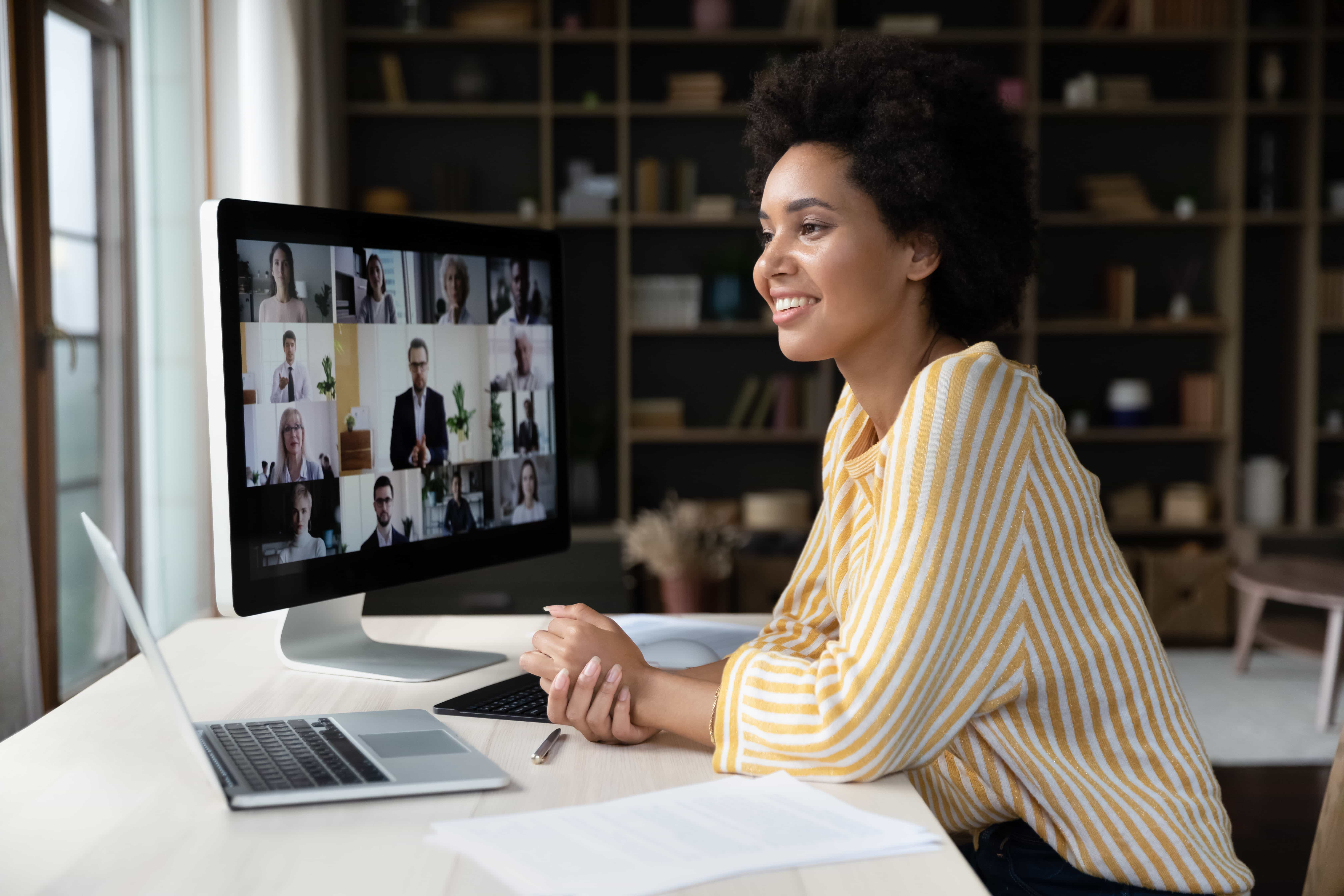To learn more about our PLR approach, check out this four-part series on the PLR: Part 1, Part 2, Part 3 and Part 4.
What is a virtual PLR?
Traditionally, a PLR is a presentation made at the home office of a retailer like Lowe’s or Home Depot. During the PLR process, the retailer will determine whether or not your product(s) are a match for their merchandising goals, pricing and what they perceive to be the key components in an ever-changing market. You’ll be up against your top competitors and maybe even some upstarts, so you better bring your A-game.
A successful PLR begins with using research-based insights to demonstrate that you know your product, the category, and their store better than your competitors – or even the buyers. It’s a time where you should share with the buyer the homework you’ve done to create an in-depth knowledge of the target audience, and how you’ve used it to create a winning retail strategy.

A make-or-break moment in any PLR is the way in which you bring your recommendations to life for the buyers. We have always taken great pride in being masters at great stagecraft because we know that how you tell a story and bring it to life are as important as the story itself. Seeing is believing, so what you show to a buyer is as important as what you say to them.
So, what happens now that we’re living in a time where travel is heavily restricted? PLR’s aren’t going to stop, but the face-to-face meetings will. One thing we do know – dull PowerPoints or flat, static photos are not winning strategies to capture a buyer’s attention.

Enter the virtual PLR.
Over the past year, we’ve been championing the use of virtual reality as a tool to test the impact that changes to various elements of the merchandising mix, such as packaging, planogram and signage, have on consumer purchase decisions. We’ve been developing this approach as an effective way to conduct consumer research. With virtual reality, we can change the packaging or planogram with the flip of a switch and then track changes in what consumers look at and the products they pick up. The flexibility of virtual reality gives us the ability to create the ultimate shop-along study.
Little did we know at the time that the technology we were developing would translate so seamlessly into the PLR process. In a world of social distancing, a virtual PLR is the next best thing to being there.

What are some of the benefits of a virtual PLR?
- You can recreate a realistic 3D representation of the retail environment – it will be as if your buyer is walking down an aisle in one of their stores.
- You can create more options for the buyer to consider.
- You can change the packaging, planogram or point-of-sale at the touch of a button.
The future of PLRs.
We believe that the typical 2+ hour in-person PLR will wind up getting cut to a 1-hour digital presentation over Zoom, Skype or some other video-based platform. You may be able to demonstrate the quality of your thinking on a video-conferencing platform, but it won’t be nearly as easy for the buyer to visualize the story you’re telling.
With a virtual PLR, you can show multiple options to the buyer using a technology that will keep them engaged. You’ll have movement, depth and sound. You’ll transport the buyer into an aisle in the store. And your PLR presentation will set you apart from your competitors.

.jpg?width=1500&length=1500&name=Big%20Box%20Aisle%201%20-%20Sales%20Factory%20-%20%20Blue%20(1).jpg)
